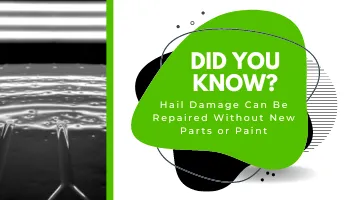A Guide for Custom Home Building
The Science Behind Choosing the Right Foundation for Your Soil Type
When it comes to building a home, office, or any structure, one of the most important decisions happens before you even see walls going up. The foundation is the base that holds everything together, and it all starts with understanding your soil type. Just like you wouldn't build a sandcastle on shifting waves, you shouldn't build a house on unstable ground. In this article, we’ll explain how soil affects your foundation and how architects and builders make the right choices to ensure your building stands strong for years to come.
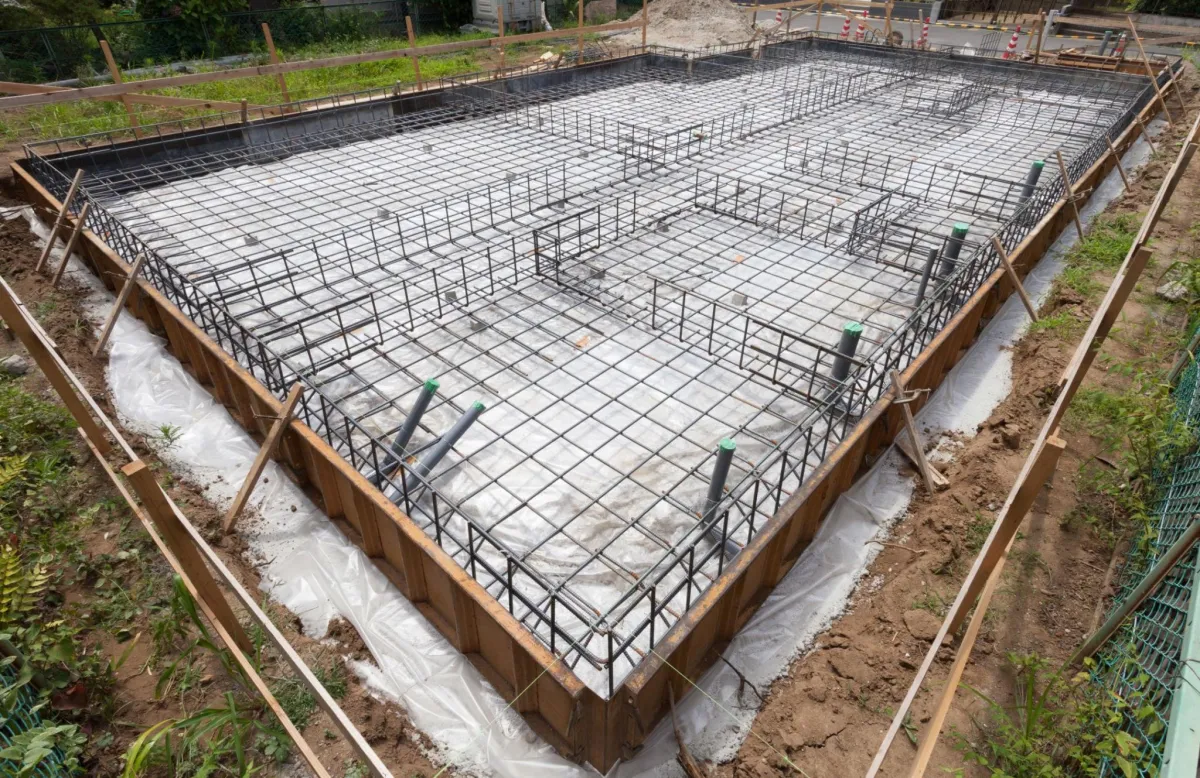
Why Does Soil Type Matter for Foundations?
Soil isn't just dirt—it's a complex mixture of sand, clay, silt, gravel, and organic materials. Each type of soil has its own unique characteristics, and these qualities can have a significant impact on the stability of a building's foundation. For example, clay soils can behave almost like a sponge, expanding when they absorb water and shrinking when they dry out. This constant movement can cause cracks or shifts in a foundation. Sandy soils, on the other hand, drain water quickly, which is good for preventing flooding but can make them less stable under heavy weight.
Silty soils are often smooth and soft, and while they hold moisture well, they can become unstable when exposed to too much water. Rocky soils are usually very stable, but they can be difficult and costly to dig through during construction. Loamy soils, which are a balanced mixture of sand, silt, and clay, are considered the gold standard for building foundations because they offer good drainage and stability.
If a foundation isn't matched properly to the soil type, problems can arise over time. Buildings might start to crack, doors and windows could stick or fail to close properly, and in extreme cases, entire structures might tilt or sink into the ground. That’s why soil testing is one of the very first steps in construction planning. Builders and engineers need to know what’s happening below the surface to make smart decisions about how to build above it.
Types of Soil and the Best Foundations for Them
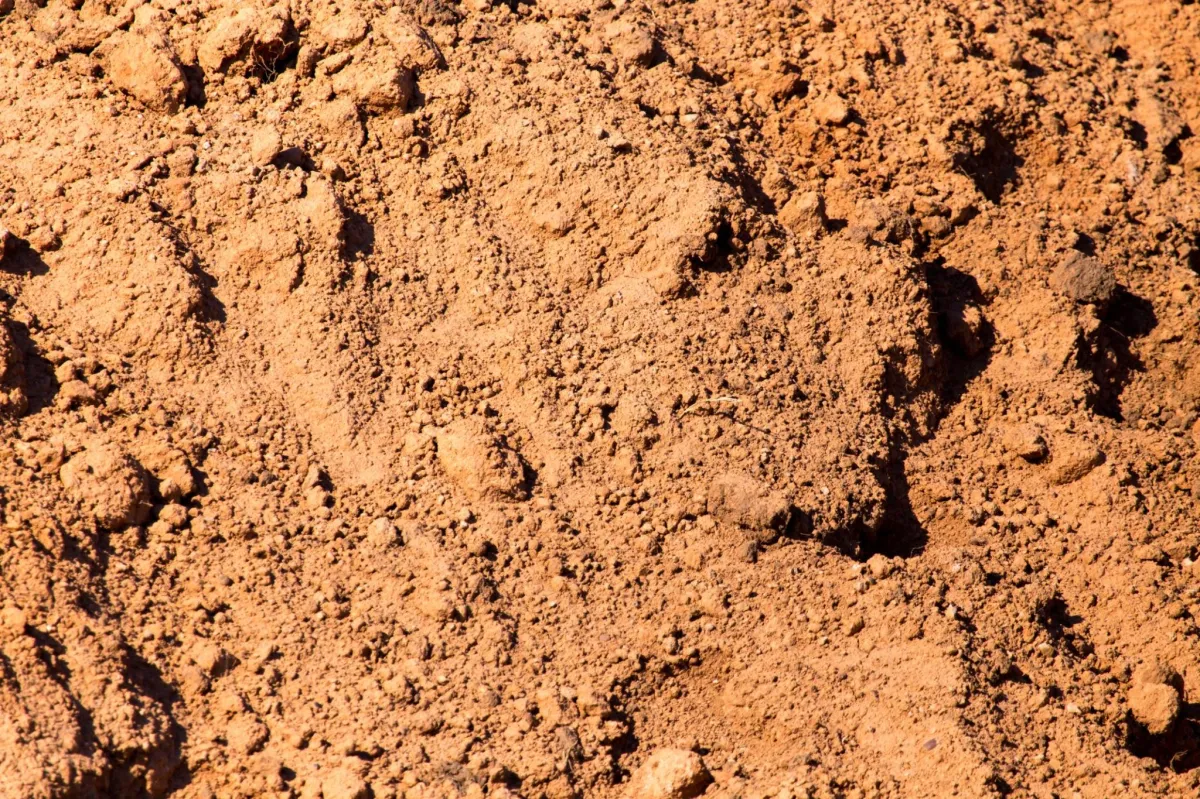
Clay Soil
Clay soil (one of the most prominent types in the Roanoke area) is one of the trickiest types to build on because it reacts strongly to moisture changes. When clay gets wet, it swells and becomes sticky. When it dries, it shrinks and hardens. These constant changes in size and density can cause serious damage to a foundation if not properly addressed.
To build on clay soil, engineers often recommend deep foundations, such as pile foundations or pier foundations. These foundations extend deep into the ground, reaching below the active soil zone where moisture changes have less impact. This allows the weight of the building to rest on more stable layers of soil or bedrock. Builders may also use moisture control systems, like proper drainage or soil stabilization techniques, to reduce the impact of water on the soil around the foundation.
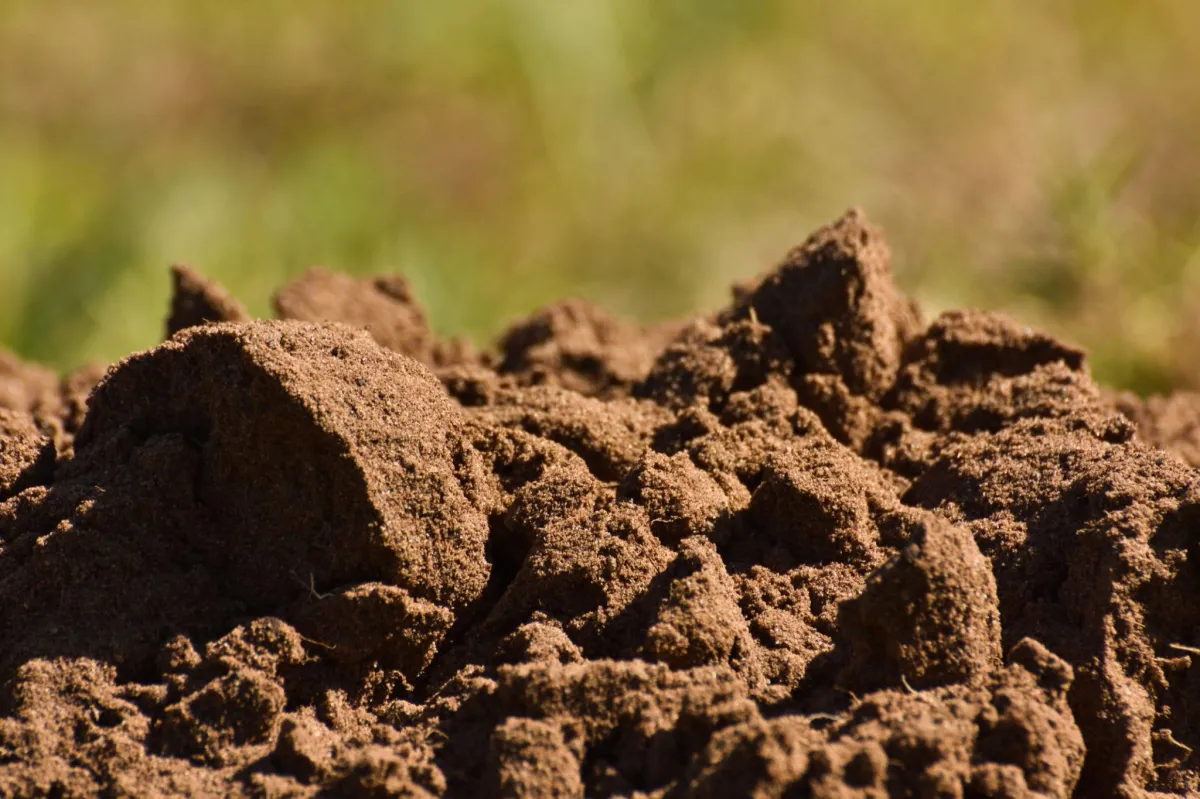
Sandy Soil
Sandy soil has larger particles compared to clay, and it drains water very quickly. While this can prevent water damage to foundations, it also means the soil doesn't hold together as well as other types. This lack of cohesion can make it difficult for sandy soil to support heavy structures.
To address this challenge, builders often use spread footings or raft foundations when constructing on sandy soil. These foundation types are designed to distribute the weight of the structure evenly over a larger surface area, reducing the risk of sinking or shifting. Sometimes, compacted gravel or geotextile materials are added beneath the foundation to improve soil stability and prevent erosion. Proper compaction during the building process is also essential for ensuring that the sandy soil can bear the weight of the structure.
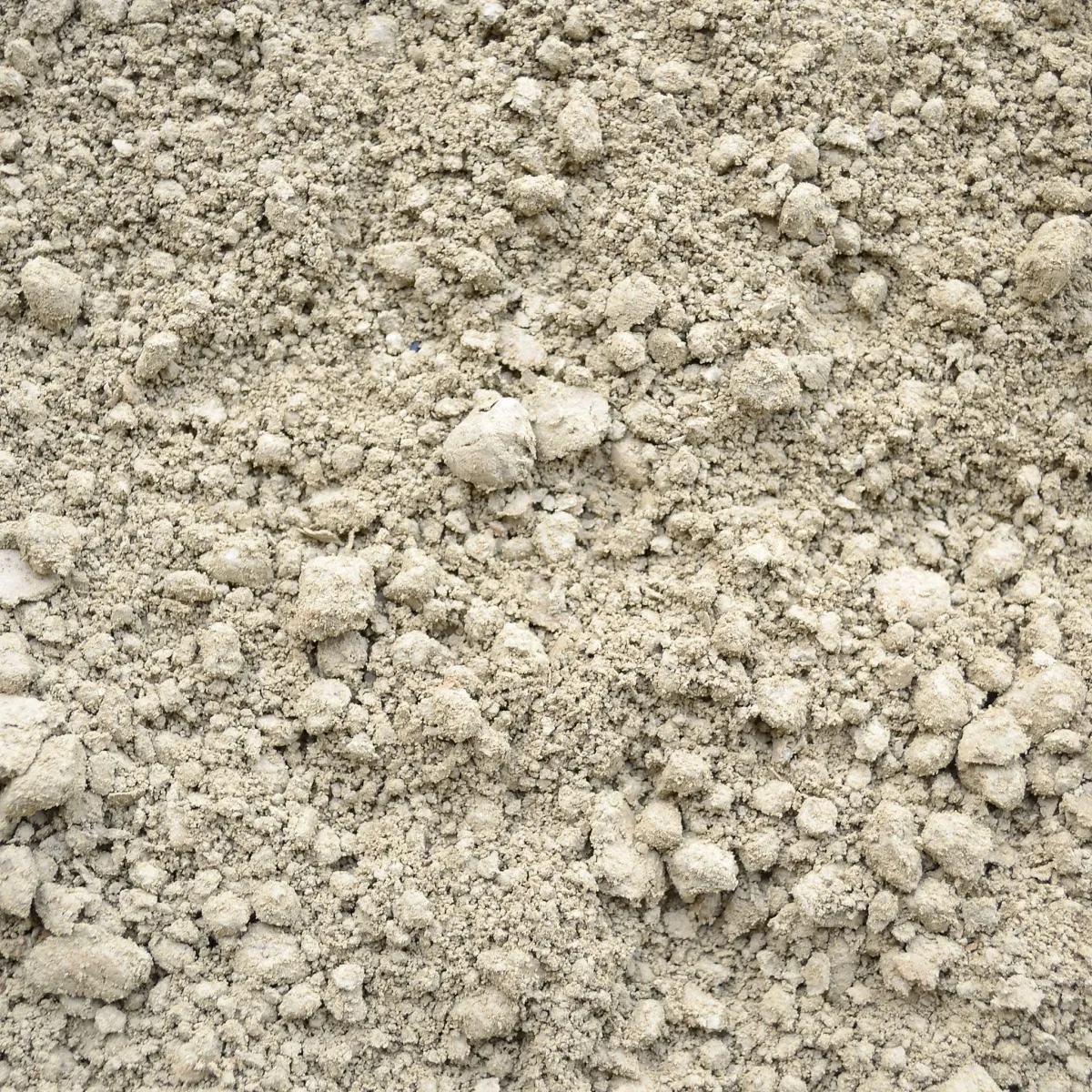
Silty Soil
Silty soil (another common Roanoke area soil) is smooth and soft, with fine particles that can hold onto water for long periods. While this might seem beneficial, it can lead to problems if the soil becomes oversaturated. Silty soil tends to lose strength when it gets too wet, and it can even shift or slide under pressure.
When building on silty soil, contractors often turn to mat foundations or deep foundations. Mat foundations are large concrete slabs that spread out the weight of a building evenly, helping prevent sinking or shifting. Deep foundations, such as piles or piers, can bypass the silty layer altogether, anchoring the building on firmer soil below. Additionally, proper drainage systems are critical when working with silty soil to prevent water from pooling around the foundation.
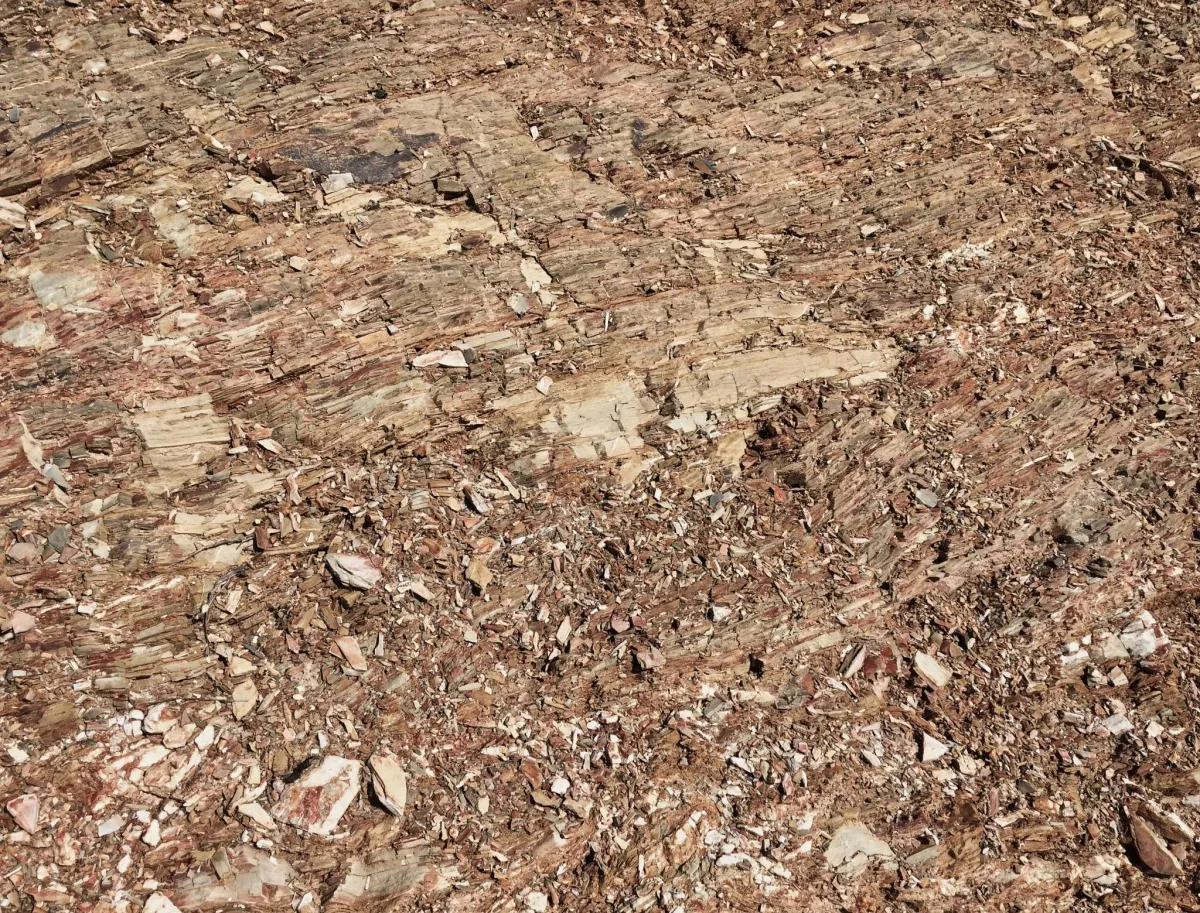
Rocky Soil
Rocky soil is one of the most stable options for building foundations. It has excellent load-bearing capacity and doesn’t shift with moisture changes. However, it comes with its own challenges. Excavating rocky soil can be difficult, time-consuming, and expensive because it often requires specialized equipment.
When building on rocky soil, shallow foundations, such as slab-on-grade foundations, are often the best choice. These foundations are poured directly onto the soil and don’t require deep excavation. Because rocky soil is naturally stable, builders can focus on ensuring proper leveling and alignment of the foundation rather than worrying about soil movement. In some cases, minor blasting or cutting might be necessary to prepare the ground before pouring the foundation.

Loamy Soil
Loamy soil is often considered the ideal soil for building foundations. It offers excellent drainage, good load-bearing capacity, and minimal movement during moisture changes. Because of its balanced makeup of sand, silt, and clay, loamy soil behaves predictably under different weather conditions.
Almost any type of foundation can work well on loamy soil, but shallow foundations, such as strip foundations or slab-on-grade foundations, are the most common choice. Builders might also use minor soil treatments or compaction techniques to ensure that the loamy soil is evenly packed before construction begins.
How Do Builders Test Soil?
Before a foundation can be chosen, soil testing is a necessary step. Builders and engineers rely on soil tests to understand the composition, strength, and behavior of the ground beneath a construction site. These tests are performed using a variety of methods:
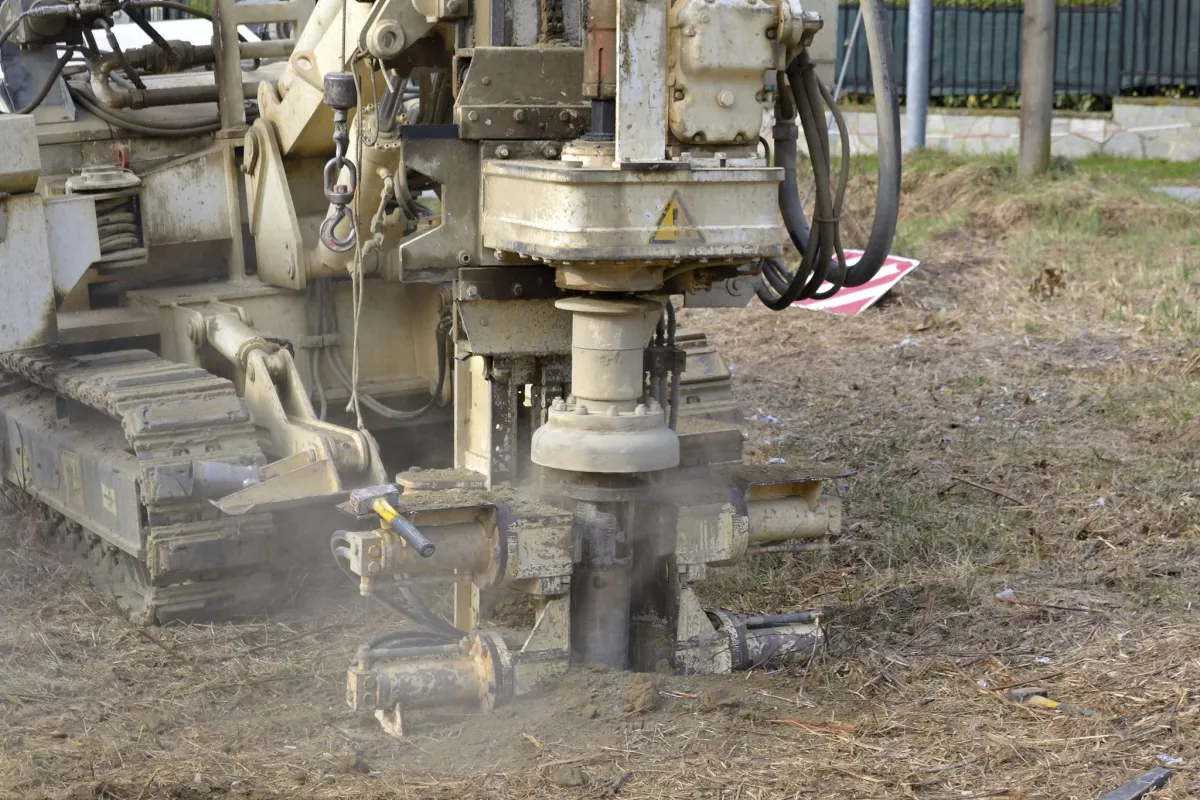
Soil Boring Tests
Soil boring is a method used to collect samples of soil from different depths at a construction site. Think of it like taking a core sample of the Earth to see what’s happening underground. This test helps engineers understand the soil's makeup, layering, and load-bearing capacity.
How It Works:
To perform a soil boring test, engineers start by drilling a borehole into the ground using a specialized drilling rig. The depth of the borehole can vary depending on the type of structure being built and the soil conditions at the site. These boreholes can range from just a few feet deep to over 100 feet. As the drilling process continues, samples of soil are carefully extracted from different depths. Each sample represents a specific layer of soil, and these layers can vary greatly in terms of texture, moisture, and stability. Once collected, the samples are sent to a laboratory for detailed analysis. In the lab, soil experts study the samples to determine their moisture content, density, grain size, and other key physical properties. The engineers then use this information to identify stable and unstable layers, predict how the soil will behave under weight and moisture changes, and determine whether deeper or more specialized foundations will be needed for the project.
Moisture Content Tests
These tests measure how much water the soil holds, which helps engineers predict how the soil will behave during wet and dry conditions.
To perform a moisture content test, engineers collect soil samples from various depths at the construction site. These samples are carefully weighed before being placed in a specialized oven to dry at a consistent temperature, usually around 110°C (230°F). After drying, the samples are weighed again, and the difference in weight reveals how much water was present in the soil. This data helps engineers predict how the soil will behave during rainy seasons, droughts, or freezing weather. For example, clay soils hold more moisture than sandy soils, and this behavior must be accounted for in foundation design. By understanding the soil's moisture content, builders can make informed decisions about drainage systems, foundation depth, and soil treatments to ensure long-term stability. Proper moisture management can prevent swelling, shrinking, and erosion, all of which could compromise a foundation over time.
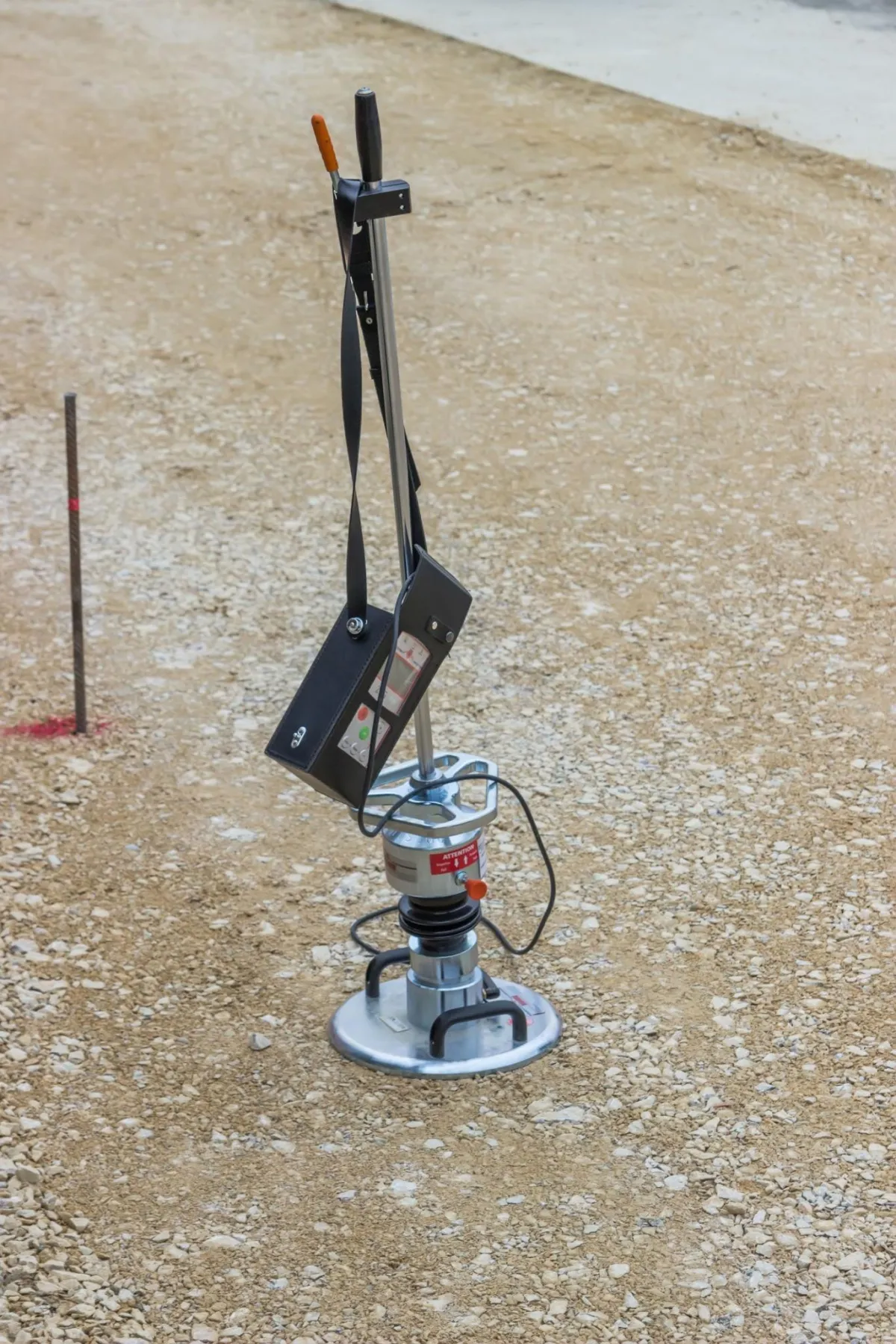
Compaction Tests
How It Works:
The soil compaction test begins with collecting soil samples from the construction site. These samples are then tested either in the field or in a laboratory. In the testing process, the soil is placed into a mold and compacted using a specific amount of force. This force is often applied using a mechanical hammer or compactor to mimic the pressure the soil will experience once a building is constructed on top of it. After compaction, the engineers measure the soil's dry density to see how tightly the particles are packed together and how much air space remains between them. Additionally, the moisture content of the soil is analyzed because water plays a key role in how well soil particles can compact. Too much moisture can prevent proper compaction, while too little moisture can leave air pockets in the soil. Engineers may also use tests like the
Standard Proctor Test or the Modified Proctor Test
depending on the size and weight of the structure being planned.
Load-Bearing Capacity Tests
These tests measure how much weight the soil can support before it begins to shift or compress.
During a load-bearing capacity test, engineers apply force to the soil using tools like a plate load test or specialized soil testing equipment. A steel plate is placed on the soil's surface, and pressure is gradually increased to simulate the weight of a building. Sensors measure how much the soil compresses under the pressure. In some cases, soil samples are also tested in a lab to measure their load-bearing strength under controlled conditions. The results of these tests help engineers determine whether the soil can support the weight of the planned structure or if reinforcements, such as gravel layers or deeper foundations, are necessary. Additionally, understanding the soil’s load-bearing capacity ensures that the foundation will remain stable over time, preventing uneven settling, tilting, or structural damage to the building. By matching the foundation type to the soil's capacity, builders can create structures that are both safe and long-lasting.
The data from these tests helps engineers and builders determine which type of foundation will perform best for that specific site. Testing also helps identify potential problems, such as weak soil layers or areas prone to flooding.
Weather and Soil: A Delicate Balance
The weather inSouthwest Virginia plays a significant role in how soil behaves and how foundations need to be designed. With a mix of heavy rain, dry summers, and freezing winters, the soil in this region experiences constant changes.
During rainy seasons , clay soil might swell and become unstable, while silty soils could become oversaturated and lose their strength. On the other hand, during freezing winters , water trapped in the soil can freeze and expand, causing the ground to shift in a process called frost heave . Over time, these seasonal changes can cause foundations to crack, shift, or settle unevenly.
To address these challenges, foundations in Southwest Virginia are often built with added precautions, such as proper drainage systems, waterproofing, and deeper footings. These steps help protect buildings from the unpredictable forces of nature.
Conclusion: Building Confidence from the Ground Up
A strong foundation is the key to a safe and durable building. Soil type, weather conditions, and proper testing all play a major role in determining which foundation will perform best. Whether you're building on clay, sand, silt, rock, or loamy soil, understanding the ground beneath your feet is essential. With the right team of professionals and careful planning, every building in Southwest Virginia can stand strong for generations to come.
More Articles From TAS Design
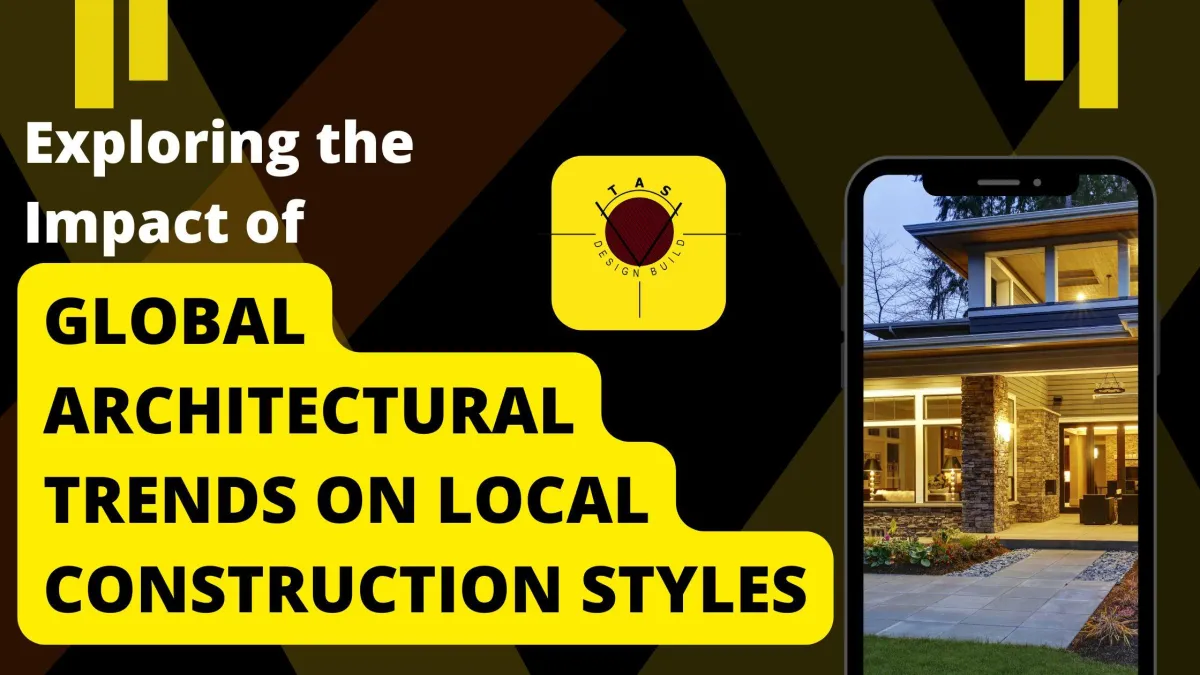


Contact Us
Service Hours
Mon- Fri 8 am - 5 pm
Sat, Sun- Closed except by appointment





Contact Us
1 540-302-2593
2507 Bluff Road
Roanoke VA 24014
Service Hours
Mon- Fri 8 am - 5 pm
Sat, Sun- Closed except by appointment
Connect

